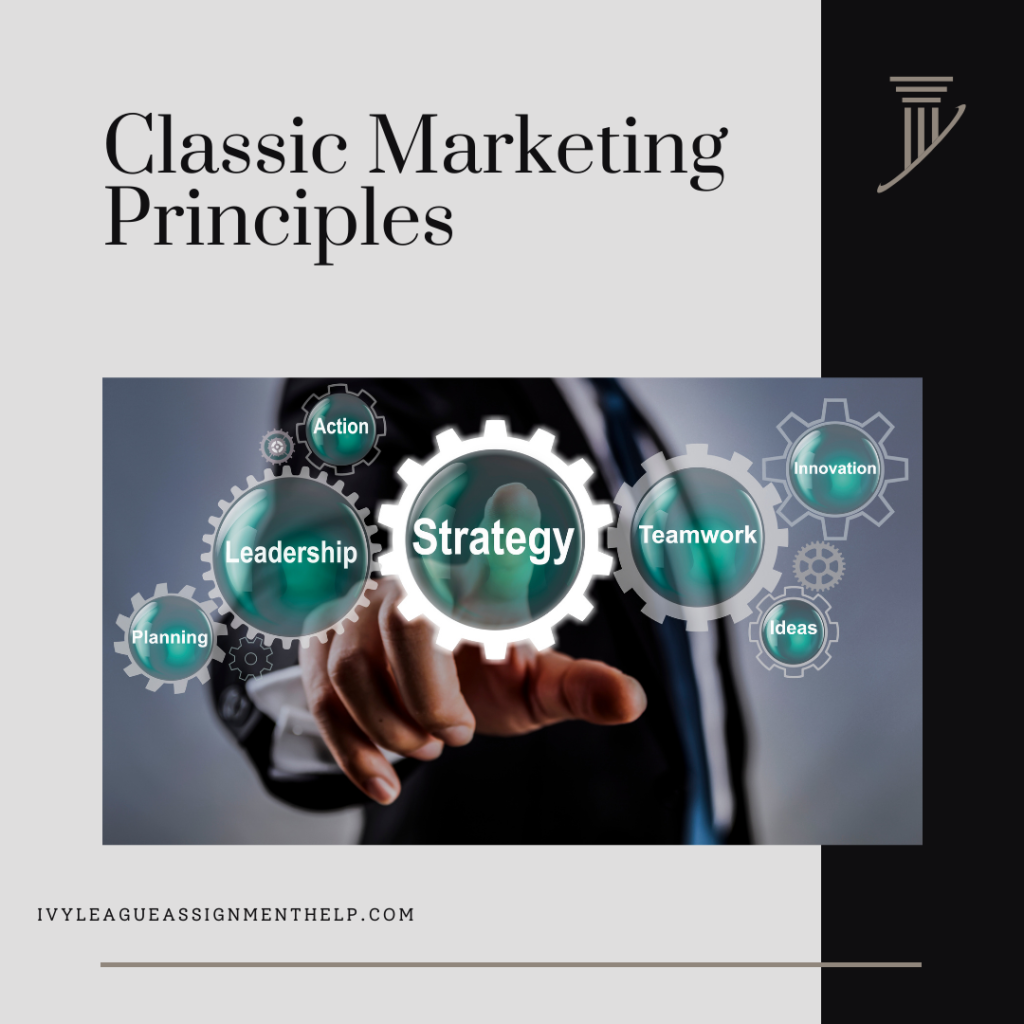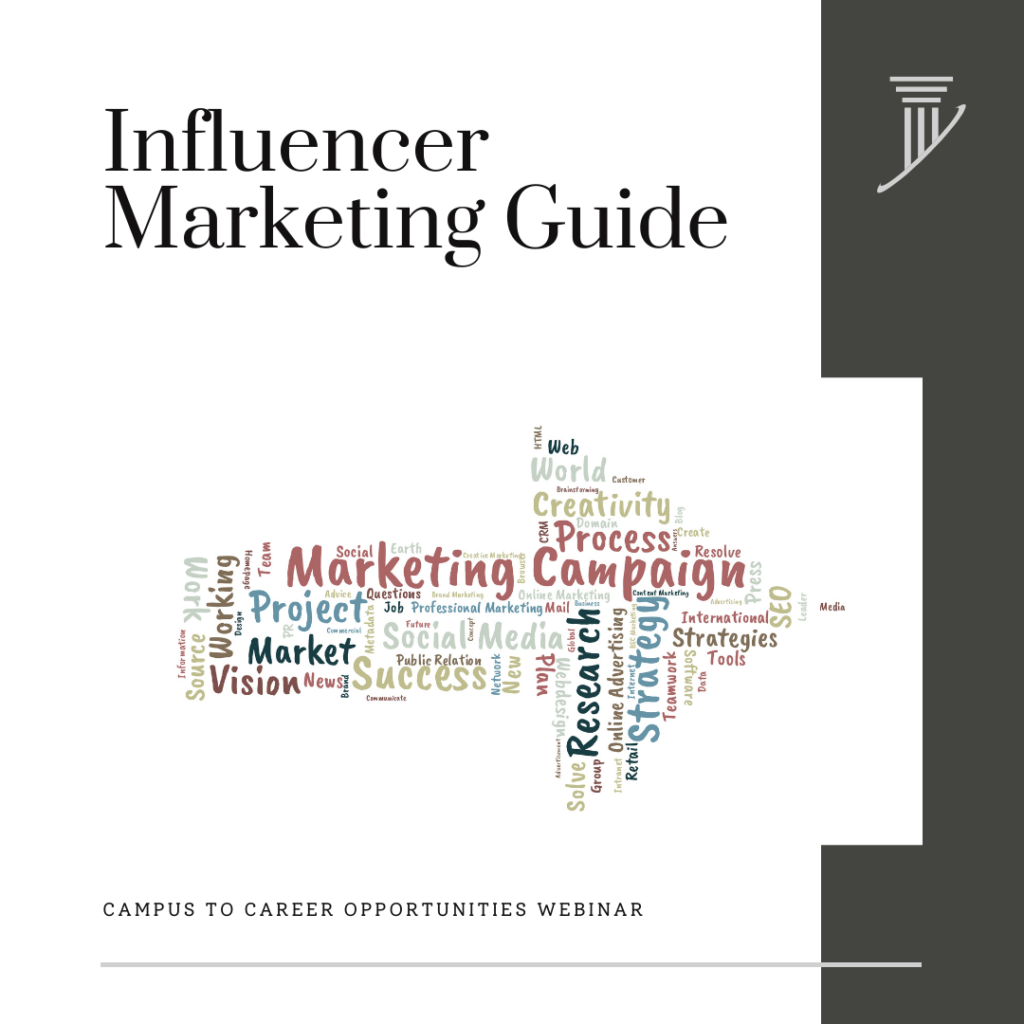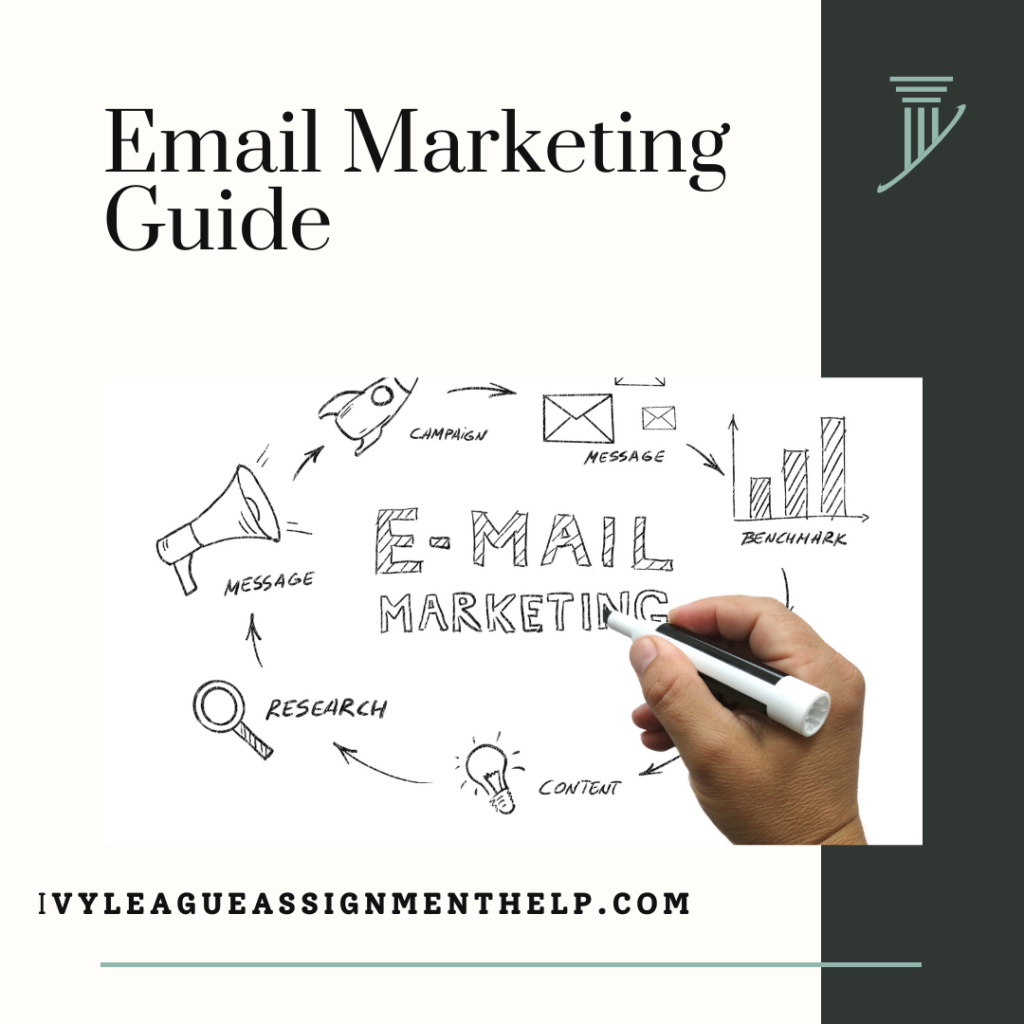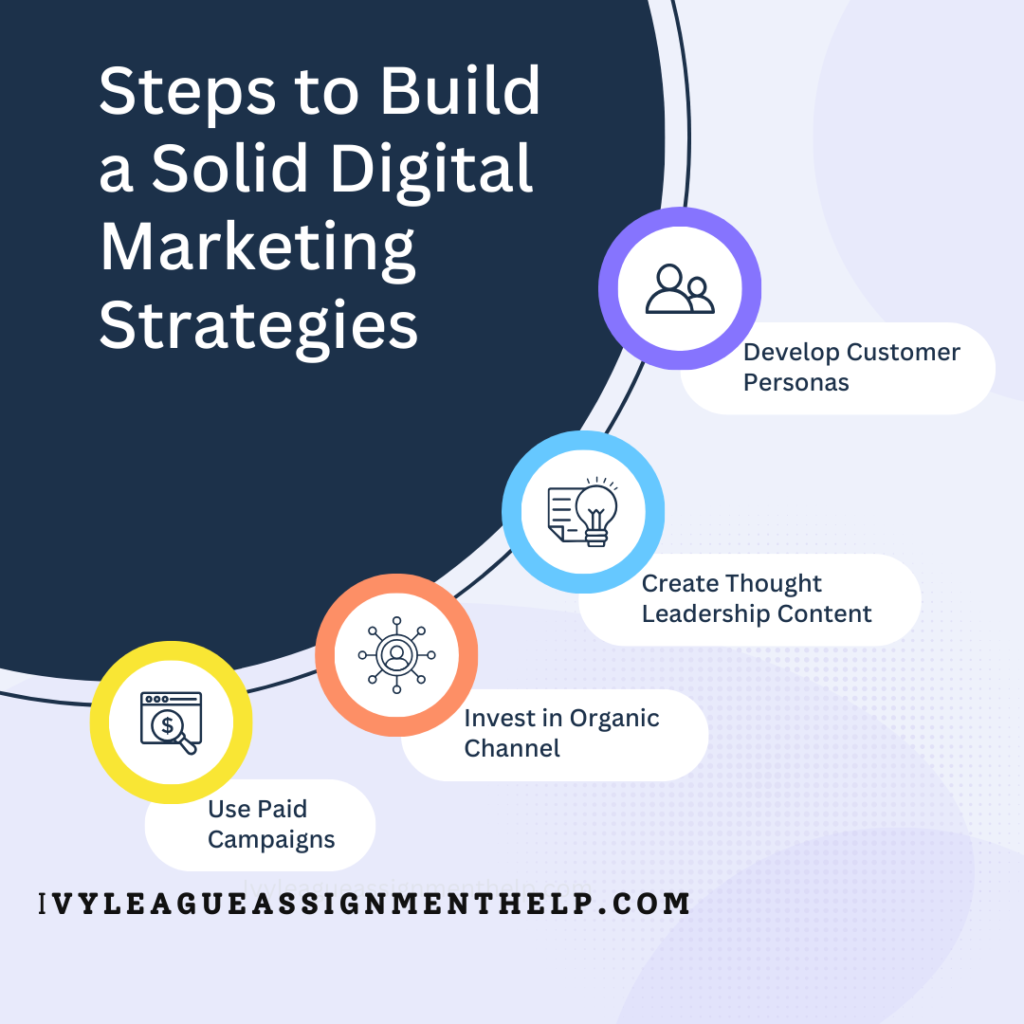Introduction
Despite the rise of digital marketing, traditional marketing remains a cornerstone of successful marketing strategies. Understanding its timeless principles provides a foundation that enhances both traditional and digital efforts. This guide explores the fundamental aspects of traditional marketing, demonstrating how they continue to drive success in today’s dynamic market.
What is Traditional Marketing?
Definition
Traditional marketing refers to the promotion of products and services through classic, non-digital channels such as print media, broadcast media, direct mail, and outdoor advertising.
History
Traditional marketing has roots in ancient civilizations where traders used word-of-mouth and physical signs to promote their goods. Over centuries, it evolved with the introduction of print, radio, and television, shaping the way we understand marketing today.
Key Elements
- Print Media: Newspapers, magazines, brochures, and flyers.
- Broadcast Media: Television and radio.
- Direct Mail: Catalogs, postcards, and newsletters.
- Outdoor Advertising: Billboards, banners, and posters.
The Importance of Traditional Marketing
Relevance Today
Traditional marketing remains relevant as it reaches demographics that may not be as engaged online. It also builds trust and credibility through tangible, established media.
Complementing Digital Strategies
When integrated with digital marketing, traditional methods enhance reach and engagement, creating a comprehensive marketing strategy that leverages the strengths of both.
Case Studies
- Coca-Cola: Utilizes both TV ads and digital campaigns to maintain brand presence.
- Nike: Combines billboard ads with social media promotions for product launches.
- Procter & Gamble: Integrates direct mail samples with online advertising.
The 4 Ps of Marketing
Product
Developing products that meet the needs and desires of target customers. This involves design, features, quality, and branding.
Price
Setting a price that reflects the product’s value, competitive positioning, and market demand. Pricing strategies can include discount pricing, premium pricing, and psychological pricing.
Place
Distribution strategies to ensure products are available where and when customers want them. This includes selecting the right retail locations, distribution centers, and online platforms.
Promotion
Communicating product benefits and persuading customers to purchase through advertising, sales promotions, public relations, and personal selling.
Market Research and Analysis
Techniques
- Surveys: Collecting data directly from consumers.
- Focus Groups: Gaining insights through group discussions.
- Observation: Studying consumer behavior in natural settings.
Tools
- SWOT Analysis: Identifying strengths, weaknesses, opportunities, and threats.
- PEST Analysis: Analyzing external factors: Political, Economic, Social, and Technological.
- Market Segmentation: Dividing the market into distinct groups based on characteristics.
Analyzing Consumer Behavior
Understanding the motivations, preferences, and decision-making processes of consumers to tailor marketing strategies effectively.
Segmentation, Targeting, and Positioning (STP)
Segmentation Strategies
- Demographic: Age, gender, income, education.
- Geographic: Location-based segmentation.
- Psychographic: Lifestyle, values, and personality.
- Behavioral: Usage rate, loyalty, and benefits sought.
Target Market Selection
Choosing the most attractive market segments to focus marketing efforts on. This involves evaluating segment size, growth potential, and alignment with company objectives.
Brand Positioning
Establishing a unique image and identity for a brand in the minds of the target audience. This involves differentiating the brand from competitors and highlighting its value proposition.
Creating a Marketing Plan
Steps to Develop
- Situation Analysis: Assess the current market conditions.
- Objective Setting: Define clear, measurable goals.
- Strategy Formulation: Develop strategies to achieve objectives.
- Implementation: Execute the marketing plan.
- Monitoring and Evaluation: Track performance and make necessary adjustments.
Key Components
- Market Research: Understanding the market and consumer needs.
- Marketing Mix: Product, Price, Place, Promotion strategies.
- Budgeting: Allocating resources effectively.
- Timeline: Setting a schedule for marketing activities.
Setting Objectives
Objectives should be Specific, Measurable, Achievable, Relevant, and Time-bound (SMART).
Branding and Brand Management
Importance of Branding
Branding creates recognition, builds trust, and differentiates products from competitors. A strong brand fosters customer loyalty and drives long-term business success.
Building Brand Equity
Brand equity refers to the value a brand adds to a product. It is built through consistent quality, effective marketing, and positive customer experiences.
Managing Brand Reputation
Monitor and manage how the brand is perceived by consumers. Address negative feedback, engage with customers, and maintain a positive brand image.
Advertising in Traditional Media
Print Advertising
Effective for reaching specific demographics. Includes newspapers, magazines, brochures, and direct mail.
TV and Radio Ads
Offers wide reach and the ability to create memorable, impactful ads. TV ads combine visuals and audio, while radio relies on sound and timing.
Outdoor Advertising
Captures attention in high-traffic areas. Includes billboards, transit ads, and posters.
Public Relations and Outreach
Importance of PR
PR builds relationships with the media and the public, enhancing brand credibility and reputation.
Strategies
- Press Releases: Announce new products, events, or achievements.
- Media Relations: Foster relationships with journalists and media outlets.
- Community Engagement: Participate in community events and activities.
Building Relationships with Media
Establish trust with journalists and provide them with valuable, newsworthy content. Engage regularly to maintain strong media relationships.
Direct Marketing Techniques
Direct Mail
Send personalized messages and offers directly to consumers. Effective for targeting specific audiences and generating direct responses.
Telemarketing
Reach customers via phone to promote products or services. Can be used for direct sales, surveys, or customer support.
Event Marketing
Organize events such as trade shows, conferences, and product launches to engage directly with customers and prospects.
Sales Promotion and Personal Selling
Types of Sales Promotions
- Discounts: Temporary price reductions to boost sales.
- Coupons: Vouchers offering discounts on future purchases.
- Contests and Sweepstakes: Encourage participation and engagement.
Effective Personal Selling Techniques
- Relationship Building: Establish trust and rapport with customers.
- Consultative Selling: Focus on understanding customer needs and providing tailored solutions.
- Product Demonstrations: Show the benefits and features of products in action.
Customer Relationship Management (CRM)
Building Customer Loyalty
Provide exceptional customer service, offer loyalty programs, and engage with customers regularly to foster long-term relationships.
CRM Tools
Use software like Salesforce, HubSpot, and Zoho CRM to manage customer interactions, track sales, and analyze customer data.
Measuring Customer Satisfaction
Collect feedback through surveys, reviews, and direct communication. Use this data to improve products and services.

Product Development and Lifecycle
Stages of Product Lifecycle
- Introduction: Launch the product and build awareness.
- Growth: Expand market reach and increase sales.
- Maturity: Maximize profit while defending market share.
- Decline: Manage product exit or rejuvenate with innovations.
Strategies for Each Stage
Adapt marketing strategies based on the product’s lifecycle stage to maintain relevance and profitability.
Product Innovation
Continuously improve and innovate products to meet changing consumer needs and stay ahead of competitors.
Pricing Strategies
Cost-Based Pricing
Set prices based on production costs plus a markup. Ensures coverage of costs and a profit margin.
Value-Based Pricing
Price based on perceived value to the customer. Requires understanding of customer needs and willingness to pay.
Competitive Pricing
Set prices based on competitor prices. Helps to remain competitive in the market.
Distribution Channels
Types of Channels
- Direct: Selling directly to consumers (e.g., e-commerce, company-owned stores).
- Indirect: Using intermediaries like wholesalers and retailers.
Choosing the Right Channel
Consider factors such as target market, product type, and distribution costs.
Channel Management
Manage relationships with channel partners to ensure efficient and effective product distribution.
Retail Marketing
In-Store Promotions
Use displays, samples, and promotions to attract customers and encourage purchases.
Merchandising
Arrange products in appealing ways to enhance the shopping experience and increase sales.
Customer Experience in Retail
Focus on creating a positive, engaging shopping environment. Train staff, provide excellent service, and create a welcoming atmosphere.
Ethical and Social Responsibility in Marketing
Ethical Issues
Ensure advertising is truthful and non-deceptive. Avoid manipulative tactics and respect consumer privacy.
Corporate Social Responsibility
Engage in practices that benefit society, such as sustainable sourcing, charitable contributions, and community involvement.
Sustainable Marketing
Promote products in a way that supports environmental sustainability and ethical production practices.
Measuring Marketing Effectiveness
Key Metrics
- Return on Investment (ROI): Measures profitability of marketing efforts.
- Customer Acquisition Cost (CAC): Calculates the cost of acquiring a new customer.
- Customer Lifetime Value (CLV): Estimates total revenue from a customer over their lifetime.
ROI Calculation
Evaluate the financial return on marketing investments to determine effectiveness and make informed decisions.
Continuous Improvement
Regularly review and adjust marketing strategies based on performance data and changing market conditions.
Integrating Traditional and Digital Marketing
Benefits of Integration
Combining traditional and digital marketing expands reach, enhances engagement, and creates a cohesive brand experience.
Strategies for Seamless Integration
- Consistent Messaging: Ensure consistent branding and messaging across all channels.
- Cross-Promotion: Promote traditional campaigns through digital channels and vice versa.
- Unified Analytics: Use integrated tools to track and analyze performance across all marketing activities.
Case Studies
- Toyota: Uses TV ads and social media campaigns to launch new vehicles.
- Starbucks: Combines in-store promotions with digital loyalty programs.
Future Trends in Traditional Marketing
Emerging Trends
- Experiential Marketing: Creating memorable experiences for consumers.
- Augmented Reality (AR): Enhancing physical marketing materials with digital content.
- Personalization: Tailoring marketing messages to individual preferences.
Impact of Technology
Technological advancements like AI, big data, and IoT are transforming traditional marketing, making it more efficient and data-driven.
Predictions for the Future
Traditional marketing will continue to evolve, integrating with digital strategies and leveraging new technologies to stay relevant and effective.
FAQs
What is traditional marketing?
Traditional marketing refers to promotional activities using non-digital channels like print media, TV, radio, direct mail, and outdoor advertising.
Why is traditional marketing still important?
Traditional marketing remains important because it reaches demographics not as engaged online, builds trust, and complements digital marketing strategies.
What are the 4 Ps of marketing?
The 4 Ps of marketing are Product, Price, Place, and Promotion. They represent the key elements involved in marketing a product or service.
How do you measure the effectiveness of traditional marketing?
Effectiveness can be measured using metrics like ROI, customer acquisition cost, and customer lifetime value, as well as tracking specific campaign performance.
What are some examples of traditional marketing techniques?
Examples include print advertising, TV and radio ads, direct mail, outdoor advertising, and personal selling.
How can traditional and digital marketing be integrated?
They can be integrated through consistent messaging, cross-promotion, and unified analytics to create a cohesive and effective marketing strategy.
Conclusion
The principles of traditional marketing continue to be relevant and effective in the modern world. By understanding and applying these timeless strategies, marketers can create comprehensive campaigns that drive success across both traditional and digital channels.









